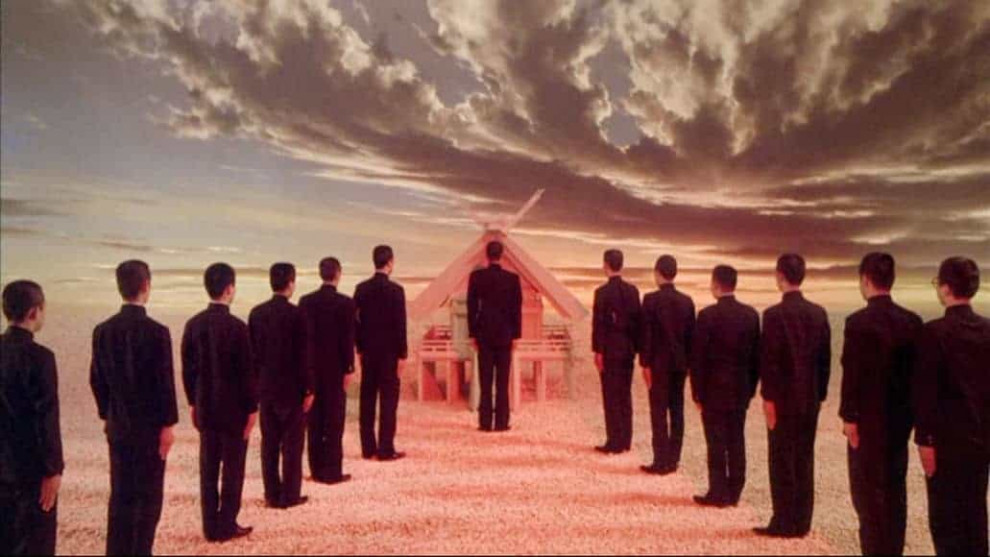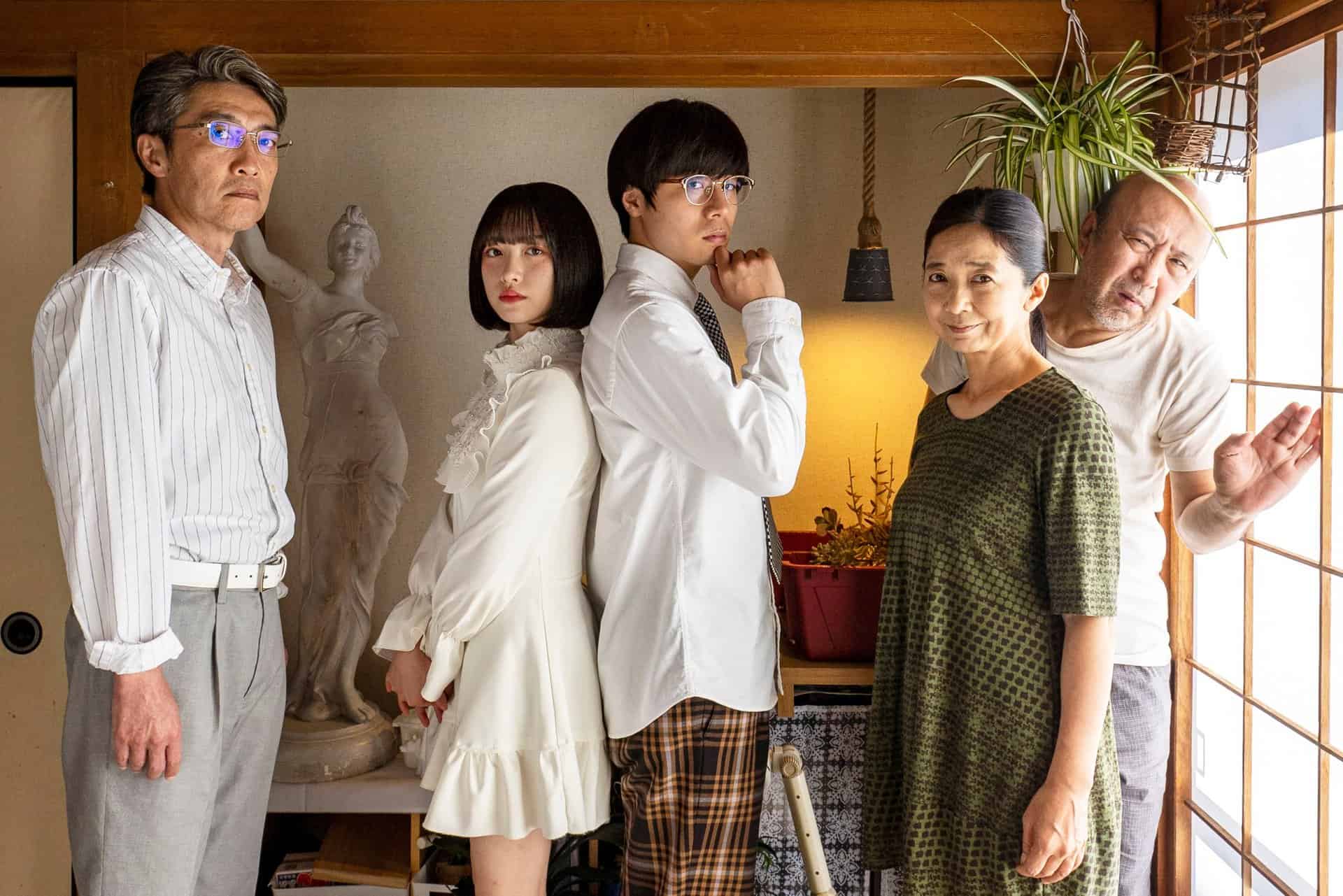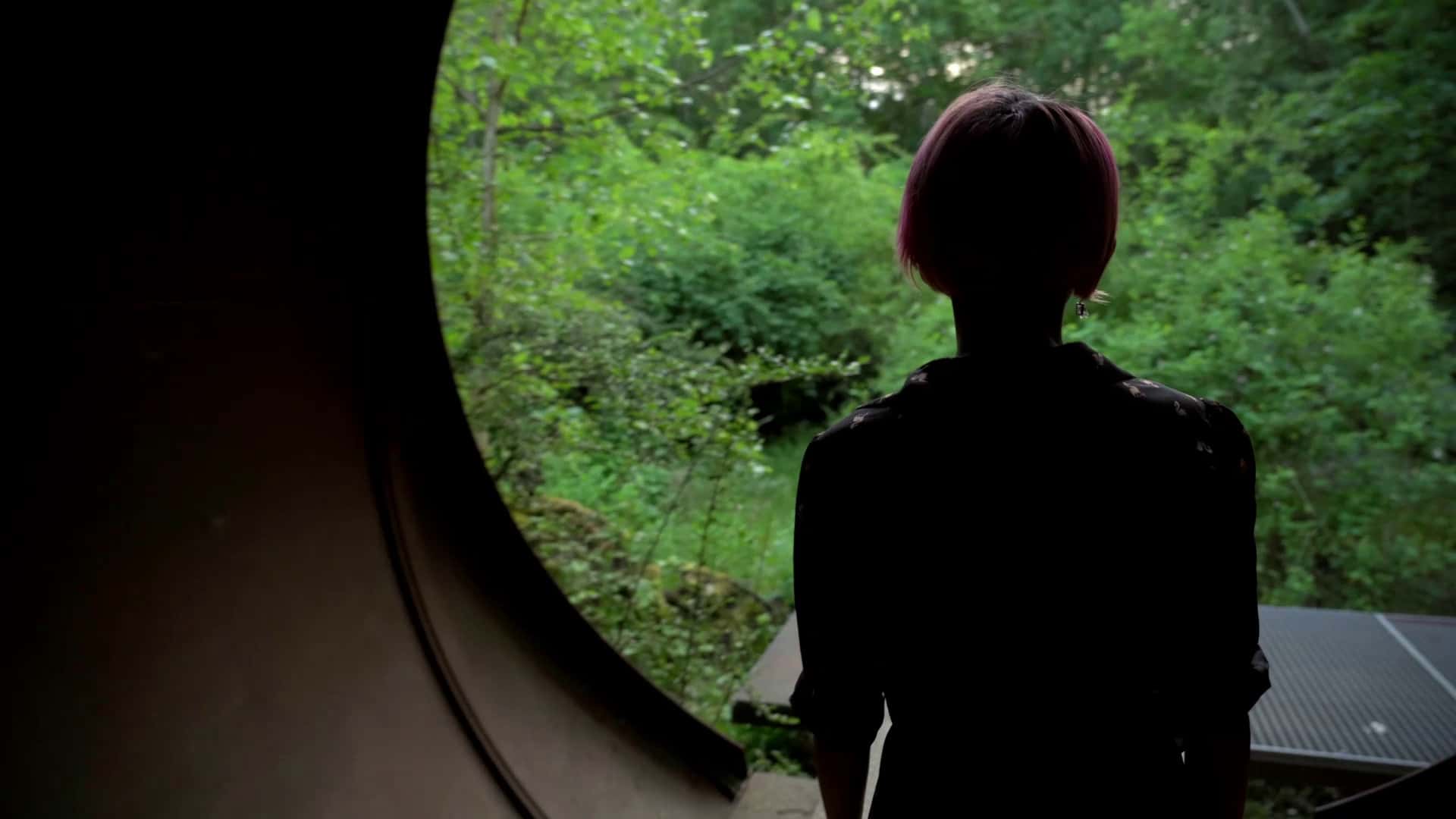To some it may seem ironical to see American filmmaker Paul Schrader's “Mishima: A Life in Four Chapters” experience a similar notoriety as the man Yukio Mishima himself during his lifetime. Despite the fact it was shot in Japan and Schrader's careful recognition of the country's culture as well as its difficult relationship with the author, to this day the film has not been released in Mishima's home country. Even though the reasons for that may be quite nebulous to many – an essay titled “Banned in Japan”, included in the Criterion release of the film might shed some light into that affair –, the significance of the film as a portrayal of a controversial artist fits perfectly into Paul Schrader's predilection as a filmmaker and writer for the anti-hero, the protagonist who cannot be categorized and will challenge its viewer, even after the end credits.
“Mishima: A Life in Four Chapters” is screening at Japanese Avant-Garde and Experimental Film Festival 2019

Framed by the events of Yukio Mishima's (Ken Ogata) last hours alive, the four segments of the film – Beauty, Art, Action and The Unity of Pen and Sword – serve two purposes. On the one hand, we see the development of the writer from a small boy attending school to his attempt of joining the military, his eventual turning into a successful writer as well as his increasing obsession about what he calls the union of art and action derived from the code of samurai. At the same time, all four segments include passages from Mishima's literary works, starting from “The Temple of the Golden Pavilion”, “Kyoko's House” and “Runaway Horses”.
In literary tradition – or at least in school – we still learn to make a distinction between the category of the author and the narrator for both are to be regarded separately. While we will not go into the details of that debate and the problematic nature of that distinction, in the case of Mishima, this separation seems to have become almost obsolete. Paul Schrader, who collaborated with his brother Leonard on the script, highlights the development of the human being as well as the artist, a progression which also, eventually, supersedes these concepts. Despite the visual abstractness of the passages focusing on the literary works, you will find it next to impossible to distinguish between the protagonist of the novel and the man played by Ken Ogata among others.

Ultimately, you have to accept this director is not interested in re-telling the account of a person's life. Considering the subject matter of the film, such an approach itself might be dishonest and quite banal. Instead, Schrader's film delves into the at times dark thoughts of his main character, how he establishes his own way of seeing, understanding and, at last, constructing the world, allowing this interesting fine line between a creator of beauty and a man of (drastic) action. Disappointed by the powerlessness of words, their weak nature and inability to shape the world, action and the destruction of beauty are necessary steps. Or at least, this may be one of the many readings Schrader's film allows his viewer.
However, all of these aspects lie on the shoulders of his main actor Ken Ogata, who delivers a strong, committed performance. His fearlessness makes the development of the character at the same time logical while also deeply disturbing, a performance changing constantly between the passionate artist and the frustrated man who sees a world in need of help and his literature barely touching the surface of people's consciousness. As author Kevin Jackson points out in his essay “Pen and Sword”, there is very little difference between Mishima's dedication of purging Japan, to Robert DeNiro's Travis Bickle in “Taxi Driver” talking about a rain which will wipe the streets of New York City clean from all the scum it inhabits. Purification is the ultimate goal, even if it means the destruction of beauty and the body.
In the end, “Mishima: A Life in Four Chapters” is a challenging film, a story which will undoubtedly provoke its viewers. Given its well-constructed script and its great central performance by Ken Ogata, this is a worthy cinematic experience for those interested in the distinction between art and life, between action and words for dichotomies like this may give birth to great beauty, they may also allow us to look into a burning fire that might sweep over our world.















